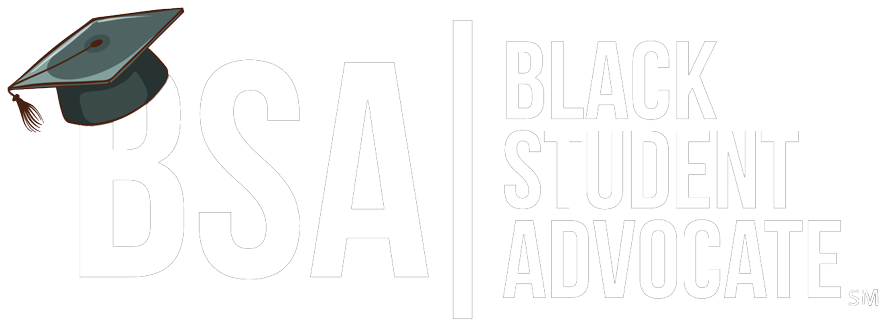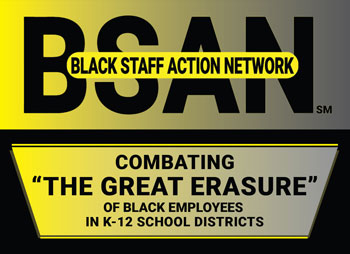In today’s fast-paced and pressure-filled world, students face an unprecedented array of challenges that affect their emotional and psychological well-being. The alarming rise in anxiety, depression, and other mental health conditions among youth has sparked a nationwide conversation about the causes—and solutions—of this crisis. While many adults recall school as a time of growth and excitement, for many young people today, it is marked by chronic stress, identity confusion, academic overload, and social turmoil.
At The Black Student Advocate Network, we believe that understanding the mental health on students requires a deep dive into the realities of their daily lives—academically, socially, and personally. This blog explores the complex ecosystem that contributes to student mental health challenges, with a particular focus on youth from historically marginalized communities.
1: The Academic Pressure Cooker – School Stress and Its Psychological Toll
The modern education system is a high-stakes environment. From standardized testing to college admissions, students are under intense pressure to perform.
Key Stressors Include:
- Test scores and GPA obsession: Students often equate academic success with personal worth, leading to anxiety and burnout.
- Overloaded curriculum: The drive to “do it all” through AP classes, honors programs, and extracurriculars can leave little time for rest or recovery.
- Lack of support systems: Especially in underfunded schools, students may not have access to counselors or academic mentors.
The Impact:
Studies show that high academic stress correlates with:
- Increased levels of cortisol (the stress hormone)
- Greater risk of depression, insomnia, and eating disorders
- Withdrawal from activities or peers
For Black students and other students of color, academic pressure is compounded by institutional biases and systemic inequality. Many students feel they have to “work twice as hard” to get half as far.
2: Social Media & Digital Isolation – A Silent Mental Health Crisis
While technology has made it easier to stay connected, it has also introduced new mental health risks for students.
Harmful Digital Trends:
- Comparison culture: Constant exposure to filtered perfection on platforms like Instagram or TikTok fuels feelings of inadequacy and low self-worth.
- Cyberbullying: Unlike traditional bullying, cyberbullying follows students home, offering no safe haven.
- Sleep disruption: Excessive screen time affects circadian rhythms, leading to fatigue and mood instability.
The Mental Health Fallout:
- Teenagers report increased social anxiety and depressive symptoms linked to screen overuse.
- Students can feel both hyper-connected and deeply isolated—a paradox of the digital age.
- The pressure to maintain an online persona often clashes with their real-life identity, causing emotional distress.
For Black students, these platforms may also be sources of racial trauma, where exposure to viral police brutality videos or hate speech becomes an emotional burden.
3: Home Life Matters – Family Instability and Emotional Development
The foundation for emotional well-being begins at home. However, many students live in environments that are emotionally, physically, or financially unstable.
Contributing Factors:
- Parental mental illness or substance abuse
- Domestic violence or neglect
- Economic hardship and food insecurity
Students in these settings often:
- Take on adult responsibilities prematurely
- Struggle with feelings of shame, fear, or guilt
- Experience inconsistent emotional validation or support
Such environments foster toxic stress—a condition in which the brain is consistently in fight-or-flight mode, impairing emotional regulation and learning. According to the CDC, childhood trauma (ACEs—Adverse Childhood Experiences) has a direct correlation with poor mental health outcomes later in life.
In marginalized communities, these stressors are often magnified by generational trauma, systemic racism, and lack of access to mental health care.
4: Identity, Race, and Representation – The Burden of Being "Different"
Adolescence is a critical period for identity formation. But for many Black students, this journey is complicated by societal stereotypes, underrepresentation, and microaggressions.
Key Challenges:
- Cultural erasure in curriculum: Many students rarely see themselves represented in what they study.
- Implicit bias and discrimination: Black students are disproportionately disciplined and labeled “aggressive” or “disruptive.”
- Double-consciousness: Students often feel they must code-switch or hide parts of their identity to be accepted in predominantly white institutions.
This emotional labor creates a sense of alienation and self-doubt, contributing to:
- Low self-esteem
- Social withdrawal
- Internalized racism
Furthermore, LGBTQ+ students, neurodivergent students, and those with disabilities face intersecting forms of discrimination that further compound their mental health challenges.
5: The Pandemic’s Lingering Impact – Loss, Grief, and Disconnection
COVID-19 fundamentally altered the landscape of student life, and its mental health repercussions are still being felt.
Residual Effects:
- Interrupted education: Many students fell behind academically, creating anxiety about their futures.
- Social disconnection: The loss of routine, friendships, and in-person interaction impacted emotional growth.
- Grief and trauma: Some lost family members, homes, or financial stability during the pandemic.
The result? A generation of students grappling with chronic uncertainty. For many Black students, who were disproportionately affected by the pandemic, the stress has been compounded by limited access to healthcare and community resources.
Even in the return to “normal,” many students still suffer from:
- Panic attacks
- Generalized anxiety disorder
- PTSD-like symptoms
Without trauma-informed practices in schools, these issues are often overlooked or misdiagnosed.
6: When Schools Fail Students – The Gap in Mental Health Resources
Despite the growing awareness of youth mental health struggles, many schools remain ill-equipped to address them.
Gaps in Support:
- Counselor shortages: Some schools have a ratio of 1 counselor to 400+ students.
- Stigma and silence: Students fear being labeled or judged for seeking help.
- Lack of culturally competent care: Most school-based mental health providers are not trained in race-conscious or trauma-informed practices.
This institutional failure results in:
- Mental health crises being criminalized rather than supported
- Students being suspended or expelled for behavior rooted in trauma
- Limited access to early intervention strategies
The Black Student Advocate Network emphasizes the need for mental health equity, including:
- Hiring more Black counselors and psychologists
- Embedding mental wellness in the curriculum
- Creating safe spaces for student expression and healing
Conclusion
Understanding the mental health on students means more than just identifying problems—it means advocating for real, systemic change. Academic stress, digital pressures, unstable home lives, identity struggles, pandemic trauma, and institutional neglect all collide in the minds of today’s youth. If we don’t act, we risk losing an entire generation to silence, stigma, and suffering.
At The Black Student Advocate Network, we are committed to being that voice—amplifying the needs of our youth and demanding that their mental health be treated with the urgency it deserves. That means:
- Advocating for mental health funding in schools
- Pushing for culturally responsive education
- Partnering with families and communities to create holistic support systems
Our students are not broken—they are navigating a broken system. And with the right tools, support, and love, they can heal, grow, and thrive.
Let’s listen. Let’s lead. Let’s advocate.







Share This Page